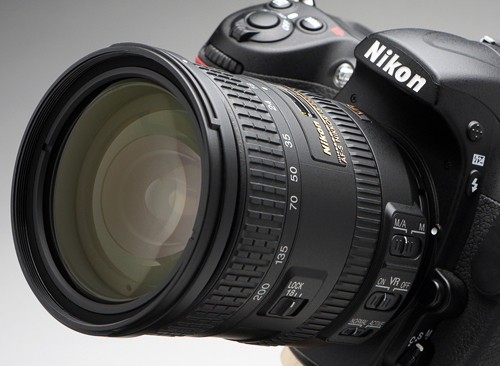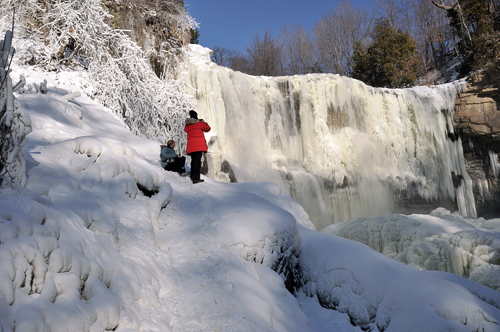Hello Photocrati Readers,
We’re proud to announce the formal opening of our first Photocrati Fund Grant Competition. The Fund will give away one $5000 grant this year for a non-professional photographer to undertake a an important humanitarian, environmental, or social photography project. Photocrati is excited to have some of the most celebrated environmental and cultural photographers in the world acting as board members and judges for the competition:
Steve McCurry
Michael “Nick” Nichols
Art Wolfe
The Need for Photography of Important Humanitarian, Environmental, and Social Issues
I’ve interacted with a lot of photographers over the years, and I’ve come to believe that photographers, as a group, are more inclined than the average population to want to harness their hobby/profession (depending on your status) to promote important causes. Like most photographers, I also believe in the profound impact that great photography can have by creating awareness and motivating others to take action.
Unfortunately, the most important stories and causes are often the ones that are least likely to provide compensation, so they often go uncovered, unphotographed, untold. (more…)





